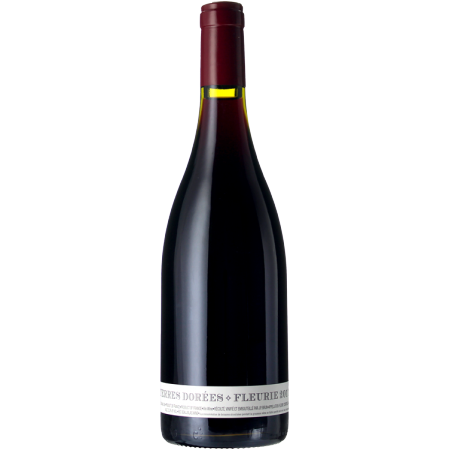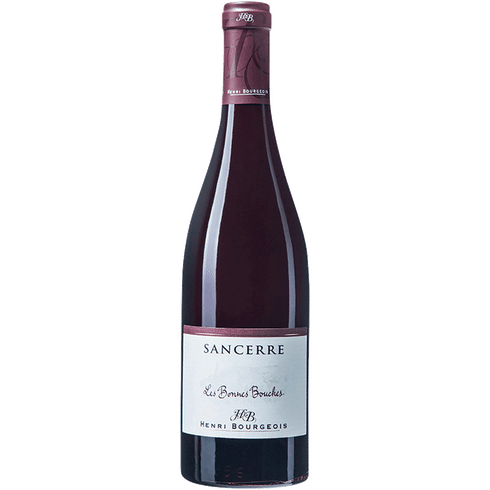2018 Jean Paul Brun Terres Dorees Fleurie
2018 Jean Paul Brun Terres Dorees Fleurie Red and violet, aromatic, red berries, flowers, ripe banana and herbs. Smooth, medium+ weight and balance. Red berries, more herbs almost a bit spits and fresh/mineral swirl around this 2018 vintage.
Jean-Paul Brun
Jean-Paul Brun started Terres Dorées in 1979 with a mere 4 hectares of vines in Charnay in the southern Beaujolais, an area which is slightly warmer and more limestone-driven versus the more renowned granite-rich cru villages in the northern Beaujolais. Today, the Charnay estate is around 30 acres, but with an additional 15 hectares farmed in the crus. The farming in Charnay is organic and includes working of the soils; the cru parcels are farmed sustainably and the soils are not worked. Harvest is by hand and of well-ripened but not over-ripened fruit, so alcohol levels are generally modest. Annual Terres Dorées production is around 350,000 bottles, 85-90% of it from estate fruit with the rest of it sourced. From the beginning, Jean-Paul carved a different path for himself in Beaujolais.
Not only does he not chaptalize (common practice here), he has also always eschewed the relatively modern technique of carbonic maceration, in favor of traditional Burgundian vinification. His feeling was and remains that the character of Gamay and its varied terroirs is obscured by whole-cluster fermentation, as well as by the use of commercial yeasts and copious sulfur. He has never strayed from that philosophy, continuing to carefully sort and destem his grapes; add no yeast; add no sulfur (until a touch at bottling); allow for several weeks’ maceration; do regular pigeage or punchdowns; and age in a combination of concrete and old oak, varying with vintage and wine. Jean-Paul is not an adherent or advocate of “natural wine” per se, yet is among the most natural of Beaujolais vignerons, uninterested in trend or fashion but deeply committed to purity of expression of fruit and site. The individuality of those expressions–the fact that each is a different wine from all of the others–is intentionally emphasized by his choice to label every one of his many bottlings with a completely different label.
Related products
2019 Laurent Martray Cote de Brouilly Les Feuillees 2019 Laurent Martray Cote de Brouilly Les Feuillees is especially compelling, unfurling in the glass with aromas of cherries, wild berries, warm spices, peonies, licorice and orange rind. Medium to full-bodied, layered and multidimensional, it’s velvety and concentrated, with lively acids and a long, resonant finish. This [...]
2022 Francois Villard Les Contours de Deponcins Viognier 2022 Francois Villard Les Contours de Deponcins Viognier: On the nose, this wine offers aromas of citrus, apricot, honey and menthol notes. Then, the aniseed and spicy notes develop. On the palate, the wine retains a beautiful straightness, a light fatness as well as a beautiful maturity and an [...]
2020 Jean-Claude Bachelet Chassagne-Montrachet 1er Cru Macherelles 2020 Jean-Claude Bachelet Chassagne-Montrachet 1er Cru Macherelles presents a finely tuned nose of citrus lemon, peach skin and touches of candle wax and crushed stone. The palate is clean and precise on the entry, then very smooth and harmonious, offering seductive peachy, mango notes. Not amazingly complex on the [...]
Chardonnay
2022 Jean-Marc Brocard Chablis Sainte Claire 2022 Jean-Marc Brocard Chablis Sainte Claire is tart, with notes of lemon oils and mango skin, as well as a bit of minty herbaceousness. On the palate, there are flavors of honey, tropical fruits just barely ripened, as well as a finish of bracing acidity. One of the most popular [...]



